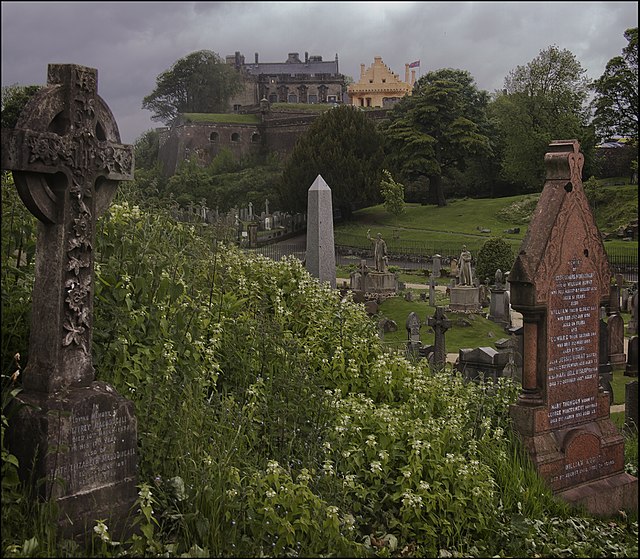The Royal Court of Scotland was the administrative, political and artistic centre of the Kingdom of Scotland. It emerged in the tenth century and continued until it ceased to function when James VI inherited the throne of England in 1603. For most of the medieval era, the king had no "capital" as such. The Pictish centre of Forteviot was the chief royal seat of the early Gaelic Kingdom of Alba that became the Kingdom of Scotland. In the twelfth and thirteenth centuries Scone was a centre for royal business. Edinburgh only began to emerge as the capital in the reign of James III but his successors undertook occasional royal progress to a part of the kingdom. Little is known about the structure of the Scottish royal court in the period before the reign of David I when it began to take on a distinctly feudal character, with the major offices of the Steward, Chamberlain, Constable, Marischal and Lord Chancellor. By the early modern era the court consisted of leading nobles, office holders, ambassadors and supplicants who surrounded the king or queen. The Chancellor was now effectively the first minister of the kingdom and from the mid-sixteenth century he was the leading figure of the Privy Council.

The Stirling Heads, carved roundels on the roof of the King's Chamber in Stirling Castle, include many members of the court of James V
The seal of Walter Fitzalan (1106–77), the first hereditary Royal Stewart
The first Great Seal of Mary Queen of Scots (1542–67)
Detail from the so-called 'Hertford sketch' of Edinburgh in 1544, showing Holyrood Palace, described as 'the kyng of Skotts palas' and the main site for council meetings
Masque at the baptism of Prince Henry
The masque at the baptism of Prince Henry was a celebration at the christening of Prince Henry at Stirling Castle, written by the Scottish poet William Fowler and Patrick Leslie, 1st Lord Lindores.
Prince Henry was carried from the Queen's Audience Chamber or Inner Hall to the Chapel Royal by Robert Radclyffe, 5th Earl of Sussex.
The tournament was held in the valley to the south of the castle, since 1857 a part of the Old Town Cemetery.
Seating for VIPs in the Chapel Royal was colour coded in velvet.
The name of the prince, "Henry Frederick", was announced from a window of the Great Hall.








